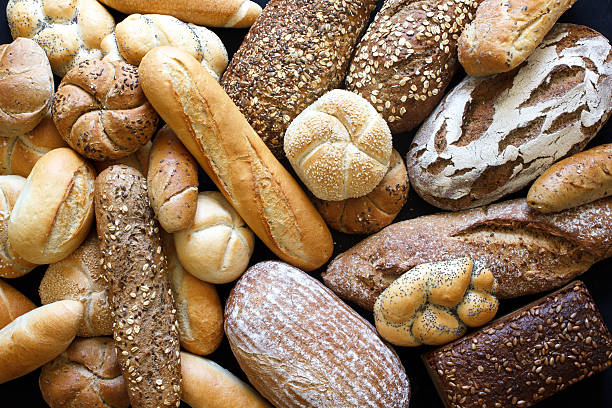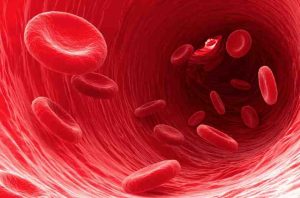
Starchy foods like bread play a significant role in our diet. The way these starches are cooked and stored can actually impact how our bodies absorb the sugars they contain. This presentation will delve into the science behind resistant starch, a type of starch that forms when cooked and cooled starches like bread undergo a transformation.
During the baking process, heat and water cause the starches in flour to gelatinize, making them readily digestible by our bodies. This rapid breakdown translates to a surge in blood sugar levels after consuming freshly cooked starches, particularly those found in refined grains like white bread. This spike can trigger insulin release, a hormone that helps cells absorb glucose for energy. However, chronically elevated insulin levels have been linked to increased hunger and potential weight gain.
Fortunately, a fascinating phenomenon occurs when these cooked starches are cooled. The once-expanded starches contract, forming resistant starch. Resistant starch stands out because it resists digestion by enzymes in our digestive system. This translates to a slower release of glucose into the bloodstream, minimizing the blood sugar spike typically associated with freshly cooked starches.
The formation of resistant starch is influenced by factors like baking temperature and storage methods. Studies have shown that freezing bread after baking leads to a more pronounced formation of resistant starch compared to refrigeration. This is because freezing traps water molecules within the bread structure, facilitating a greater degree of starch contraction during cooling.
The positive effects of freezing extend beyond resistant starch formation. Freezing helps preserve the freshness and texture of bread by preventing moisture loss, a common occurrence during refrigeration.
Clinical research has explored the impact of freezing bread on blood sugar response. A study involving healthy individuals investigated the effects of freezing and toasting white bread, comparing store-bought loaves with homemade versions. The results were promising. Freezing and thawing homemade bread before toasting led to a significant reduction in blood sugar spikes compared to freshly toasted bread. Interestingly, toasting fresh bread itself also exhibited a moderate blood sugar-lowering effect.
However, the study also revealed an intriguing detail. These blood sugar benefits were not observed with commercially produced white bread. This suggests that the ingredients or processing methods employed in commercial bread production might hinder the formation of resistant starch upon freezing. More research is needed to fully understand this discrepancy.
The positive effects of resistant starch extend beyond blood sugar control. It serves as a prebiotic, nourishing the good bacteria residing in our gut microbiome. These bacteria ferment resistant starch, producing short-chain fatty acids that contribute to a healthy gut environment and potentially even enhance insulin sensitivity, allowing our bodies to utilize blood sugar more efficiently.
While the health benefits associated with resistant starch are noteworthy, it’s crucial to remember that these effects are transient. Freezing bread may offer some blood sugar management benefits at a single meal, with potentially lingering effects into the next. However, the long-term impact on factors like weight management and disease risk remains unclear and likely modest.
The good news is that resistant starch isn’t exclusive to frozen bread. It’s also found in various cooked and chilled starchy foods like potatoes, certain types of rice (particularly basmati), and pasta.
In conclusion, incorporating resistant starch into your diet through strategies like freezing bread offers a simple approach to potentially enhance some aspects of your health. While the effects may be subtle, they contribute to a holistic approach to well-being. Additionally, freezing bread reduces food waste, making it a win-win for both your health and your wallet.


